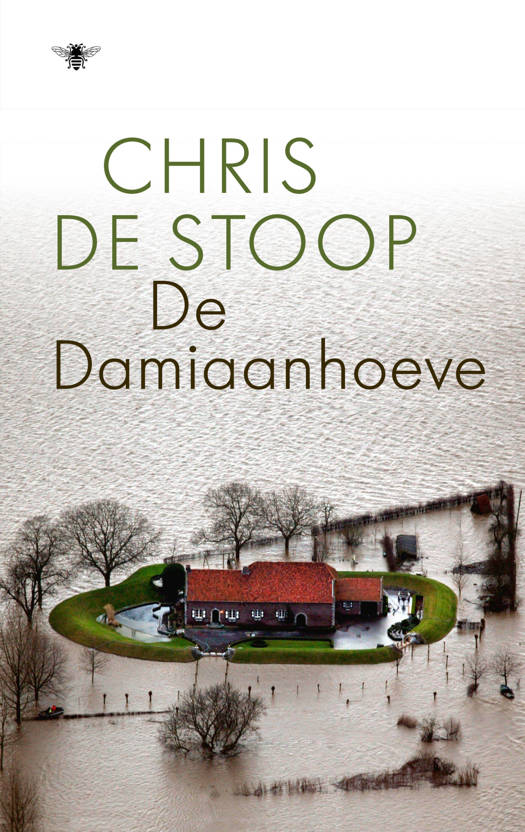
- Afhalen na 1 uur in een winkel met voorraad
- Gratis thuislevering in België vanaf € 30
- Ruim aanbod met 7 miljoen producten
- Afhalen na 1 uur in een winkel met voorraad
- Gratis thuislevering in België vanaf € 30
- Ruim aanbod met 7 miljoen producten
Zoeken
€ 76,95
+ 153 punten
Omschrijving
It is now widely accepted that by the later Middle Palaeolithic Neanderthals possessed a wide range of social and practical skills. More recently, researchers have become interested in how these skills actually emerged; in effect, the challenge now is to document the process by which Middle Pleistocene hominids "became Neanderthals". This book explores the development of classically Neanderthal behaviours in Europe between MIS 9-6, focusing on the British record, especially stone tools as durable residues of human action. As a geographically constrained study area, the progressively robust British chronometric framework now allows previously invisible patterning in technological behaviour, hominid habitat preference and demography during this period to be investigated. This book examines the immense technological variation that is apparent between British sites, in order to present a picture of changing human behaviour and the emergence of European Neanderthal adaptations.
Specificaties
Betrokkenen
- Auteur(s):
- Uitgeverij:
Inhoud
- Aantal bladzijden:
- 248
- Taal:
- Engels
Eigenschappen
- Productcode (EAN):
- 9781842179734
- Verschijningsdatum:
- 31/03/2011
- Uitvoering:
- Hardcover
- Formaat:
- Genaaid
- Afmetingen:
- 221 mm x 282 mm
- Gewicht:
- 1115 g

Alleen bij Standaard Boekhandel
+ 153 punten op je klantenkaart van Standaard Boekhandel
Beoordelingen
We publiceren alleen reviews die voldoen aan de voorwaarden voor reviews. Bekijk onze voorwaarden voor reviews.











